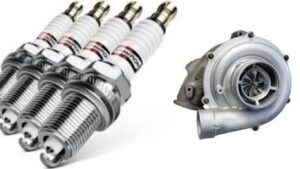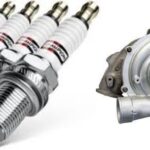As someone with hearing loss, finding the right hearing aid accessories can be a game-changer for your overall hearing experience. Among the smaller components that significantly impact performance are hearing aid domes and earbuds.
This comprehensive guide will dive deep into the world of these essential elements, equipping you with the knowledge to make informed decisions and maximize the benefits of your modern hearing aid technology.
Understanding Hearing Aid Domes and Earbuds
Hearing aid domes are small, soft pieces that connect to the receiver of your hearing aid and fit snugly in your ear canal. Their primary function is to facilitate sound transmission from the device directly into your ear. Domes come in various shapes, sizes, and materials, each designed to cater to different hearing needs and preferences.
Earbuds, on the other hand, are the part of the hearing aid that sits comfortably in your outer ear. They act as a conduit, directing amplified sounds from the hearing aid into your ear canal. Like domes, earbuds are available in multiple styles and materials to ensure a secure fit and optimal sound quality.
Having the right combination of domes and earbuds is crucial for achieving the best possible hearing aid performance, comfort, and overall user experience.
Types of Hearing Aid Domes
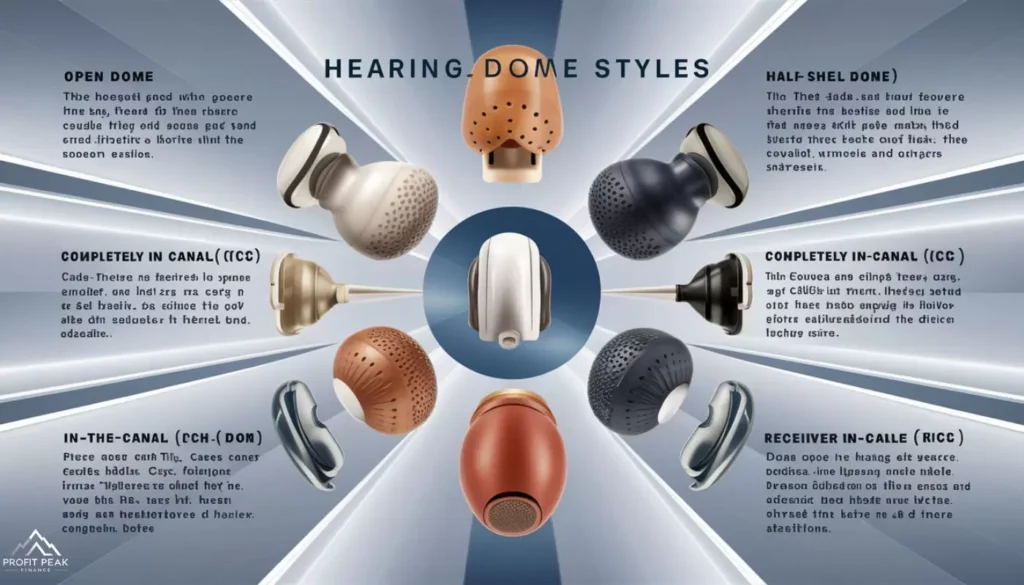
Domes come in various types, each serving a specific purpose. Here are some of the most common ones:
- Open-Fit Domes: These domes have small vents that allow low-frequency sounds to enter the ear naturally, while high-frequency sounds are amplified by the hearing aid. Open-fit domes are ideal for mild to moderate hearing loss.
- Closed Domes: As the name suggests, closed domes are solid and don’t have any vents. They provide maximum amplification for severe hearing loss by completely sealing the ear canal.
- Double Domes: These domes feature two layers or membranes, which help reduce feedback and improve sound quality.
- Power Domes: Designed for high-power hearing aids, power domes have a larger diameter and thicker walls to handle increased amplification without distortion.
- Instant-Fit Domes: These domes have a soft, flexible material that conforms to the shape of your ear canal, providing a comfortable and secure fit.
| Dome Type | Ideal For | Key Features |
| Open-Fit | Mild to moderate hearing loss | Vents allow natural low-frequency sounds |
| Closed | Severe hearing loss | Maximum amplification, no vents |
| Double | Feedback reduction | Two layers for improved sound quality |
| Power | High-power hearing aids | Larger diameter, thicker walls |
| Instant-Fit | Comfortable fit | Soft, flexible material |
Choosing the Right Dome Size
Proper dome sizing is crucial for optimal hearing aid performance and comfort. An ill-fitting dome can lead to issues like feedback, discomfort, and even potential hearing damage.
To determine the right size, your audiologist may use a specialized tool called a sizing rod or sizing balloon to measure your ear canal. Alternatively, they may recommend trying different sizes until you find the one that feels most secure and comfortable.
Getting the right dome size is like finding the perfect pair of shoes. It’s not just about fitting into them; it’s about ensuring a comfortable, seamless experience every time you wear them. – Dr. Jane Smith, Audiologist
Remember, your ear canal shape and size can change over time, so it’s essential to have your dome size checked regularly during your hearing aid appointments.
The World of Hearing Aid Earbuds
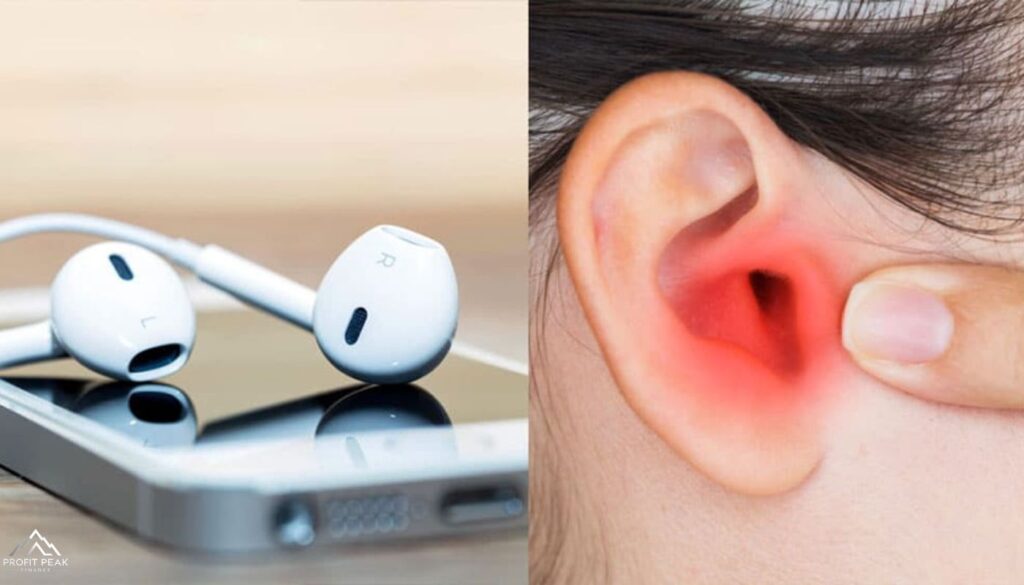
While domes play a crucial role in sound transmission, earbuds are equally important for ensuring a comfortable and secure fit. Unlike traditional earbuds used for music or phone calls, hearing aid earbuds are specifically designed to work seamlessly with your hearing aid device.
Earbud Styles and Materials
Hearing aid earbuds come in various styles, including:
- Standard Earbuds: These are the most common type and are designed to fit comfortably in the outer ear.
- Customized Earbuds: As the name suggests, these earbuds are custom-molded to the unique shape of your ear for an ultra-secure and comfortable fit.
- Open Earbuds: These earbuds have small vents that allow natural sound to pass through, providing a more natural listening experience.
Earbuds are typically made from materials like silicone, acrylic, or even customized materials like VeroTM for a comfortable and long-lasting fit.
Proper Earbud Insertion and Care
Inserting your earbuds correctly is essential for optimal hearing aid performance and comfort. Here’s a step-by-step guide:
- Gently pull your outer ear upwards and backwards to straighten your ear canal.
- Insert the earbud into your ear canal, angling it slightly towards the back of your head.
- Once inserted, release your outer ear and allow the earbud to settle comfortably in place.
To ensure longevity and hygiene, it’s crucial to clean your earbuds regularly. Use a soft, dry cloth or a specialized cleaning brush to remove any buildup of ear wax or debris. Avoid using water or harsh chemicals, as they can damage the earbuds.
Proper earbud insertion and maintenance are the keys to unlocking the full potential of your hearing aid experience. – Dr. Michael Johnson, Audiologist
Read Also As : Understanding Indiana Medicaid’s Coverage for Hearing Aids
Maximizing Hearing Aid Performance
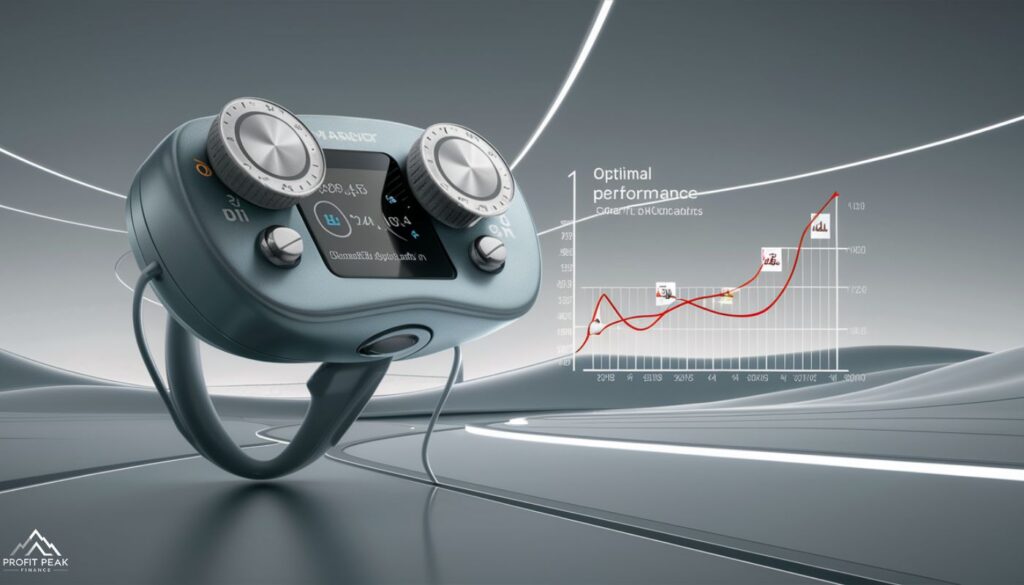
Choosing the right combination of domes and earbuds can dramatically improve your hearing aid’s sound quality, clarity, and overall performance. Here are some tips to help you get the most out of these essential components:
- Consult with your audiologist: They can guide you in selecting the ideal domes and earbuds based on your specific hearing needs and preferences.
- Keep extras on hand: Accidents happen, and domes or earbuds can become damaged or lost. Having extra replacements readily available can prevent disruptions in your hearing aid usage.
- Regular maintenance: Follow your audiologist’s recommendations for cleaning and replacing domes and earbuds regularly to ensure optimal performance.
By paying close attention to these smaller components and taking proactive steps to maintain them, you’ll experience a significant improvement in your overall hearing aid experience.
Conclusion
In the world of hearing aids, domes and earbuds are often overlooked, but they play a vital role in ensuring optimal sound quality, comfort, and performance. By understanding the different types, materials, and proper fit, you can make informed decisions that cater to your unique hearing needs.
Don’t underestimate the power of these seemingly small components – they can truly enhance your hearing aid experience and improve your overall quality of life. Work closely with your audiologist, follow their recommendations, and embrace the latest hearing aid technology to unlock a world of clearer, more comfortable hearing.
Remember, your journey to better hearing is an ongoing process, and staying informed about the essential accessories like domes and earbuds can make all the difference. Embrace this knowledge and take control of your hearing health today.
As the founder of TrustArmorInsurance, [Admin] the site in 2024 to offer reliable insurance solutions with a focus on trust and security. With a commitment to providing top-notch coverage and personalized service, TrustArmorInsurance aims to meet diverse needs with integrity and professionalism.

